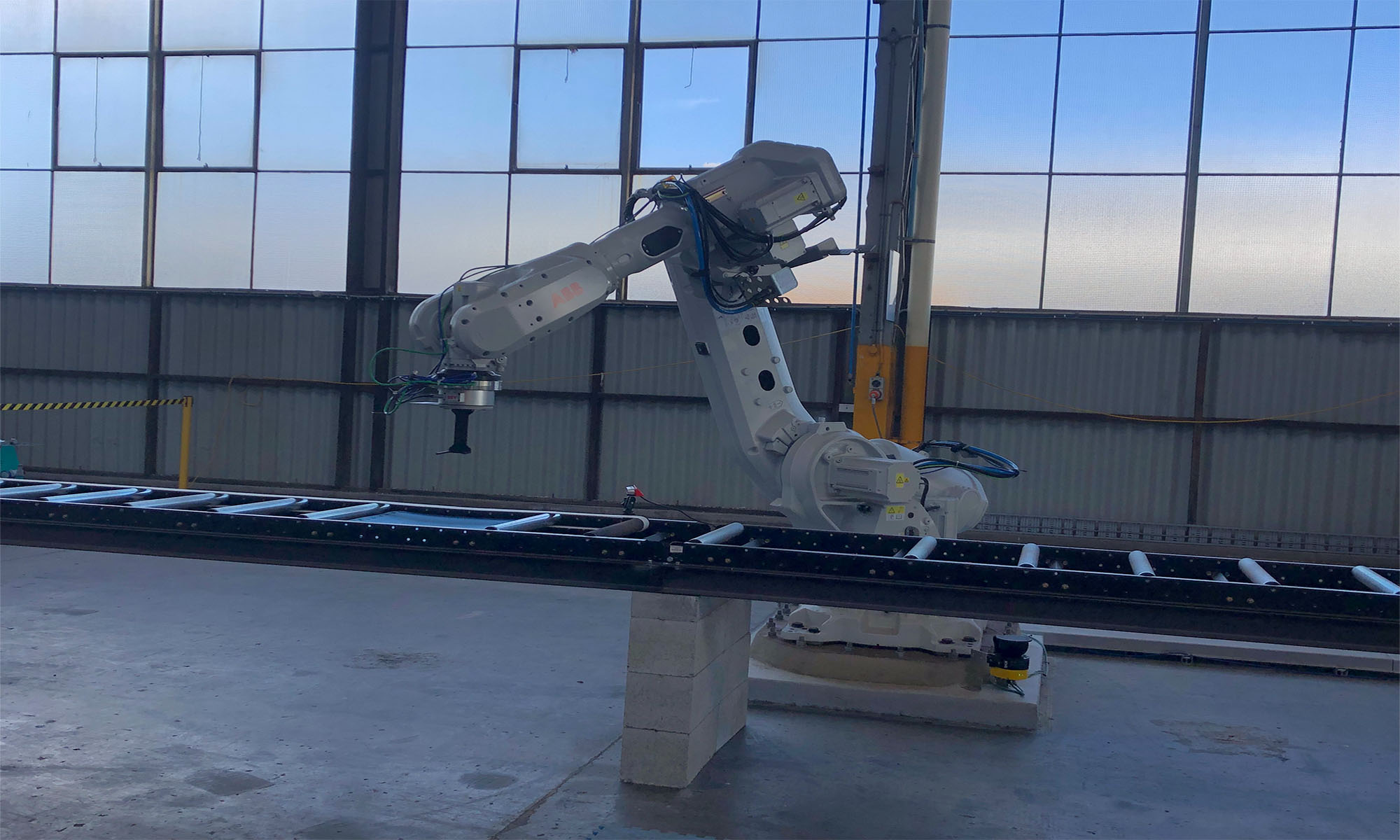
ANAT Synapse Residency 2022 – Steph Hutchison & Jonathan Roberts @ARM Hub
Below are some examples of what is possible with highly trained bodies.
A next step for me is thinking through how to make appropriate embodied movement tasks to train humans working with Cobots or industrial robots to enhance kinaesthetic awareness and empathy (for human and non-human collaborators). The goal being to assist humans to perceive the movement of their robot collaborator and potentially move to towards more improvisational work that does not require programmed/repeatable movement. Can we create approaches that might lead to greater flexibility for work and working across different tasks more efficiently?
A caveat of the videos below is that these are choreographed movements that have been thoroughly rehearsed. However, how expert performers are trained and how they practice does offer a way to consider the types of embodied methods that could be enlisted to calibrate any human for their work.
I have been thinking a lot about thresholds since we started the project. Thresholds for me relate to safety, comfortability, barriers, awareness, reading intention and perception. At the moment we are throwing boxes with the robot arm to me behind a barrier. The barrier has moved in recently but remains at a distance beyond the reach of the robot. My question is can we remove the barrier and share space? Move more intimately around one another?
The industrial ABB robot I have been working with at the ARM Hub has lasers that provide information about movement within the robots work space and act as a safety switch. This has led to the approach of throwing the box and developing game structures with me behind the barrier.
The challenge for me behind the barrier is becoming one of missing the tactility and more direct interaction when able to work more closely together.
It was suggested that perhaps working with the model of the robot in the HoloLens might be a solution. However, this becomes another vision based tool, with a strong frontal relationship that doesn’t enable my whole body at once to be involved in sensing and responding to the robot. I’m wondering how we can move beyond relying on vision as a feedback mechanism and engage our senses holistically to perceive, interpret and respond appropriately. Can I attune myself to reading the robots next move without seeing it?
The next big thing for me is to have a conversation with a safety expert. I’d like to ask a series of curly questions to see how much closer I can be to the robot and what negotiations might need to occur.

Jon and I are working on games we can play with the ABB robot as a means to get to know how it might move and develop some behaviours. Our current project is “fling it” – with Das’ assistance we are experimenting with ways the robot can throw a box.
Our goal at present is to throw a small box beyond the safety barrier – the videos below demonstrate some of our attempts. Our methods have included:
Cobotic Improvisations (CI) draws on dance improvisation and choreographic methodologies to research how humans might predict the movement of their robot collaborators. Prof Jonathan Roberts and dance researcher Dr Steph Hutchison will collaborate on the CI project at the Advanced Robotics for Manufacturing Hub (ARM Hub).
In speaking with Jon, he mentioned that an under researched area in robotics is how humans might predict the movement of robots. This has provided the jumping-off point for us to begin our exchange.
How cobots move and how they might move as wholistically as possible in the fullness of their embodiment is exciting to begin exploring in the context of manufacturing. In previous projects such as Eve of Dust and Emergence with John McCormick part of the work is in reading the body of the other – robotic arm and AI performance agent respectively. By learning its’ body and potential for action it is possible to undertake a rich practice of exchange where my body becomes entangled with theirs and we find a shared dance.
The CI used for this project title is echoed in the dance practice Contact Improvisation. Drawing on the practice of CI in our research we will engage in a staged process over time with the cobots to build rapport and trust. We have three phases of development:
My practice more broadly is in dance, where my interests have been in the hybrid body, extreme physicality and systems as external frameworks to inspire movement creation. Collaboratively, my practice is driven by opportunities to experiment at the nexus of art, science and technology and contribute my embodied knowledge and practice to projects. Dialogues with different systems, creative risk taking, improvisational and choreographic methodologies all underpin our current enquiry.
Last week I had the opportunity to attend the Australian Cobotics Centre’s mid-year Retreat. It was fantastic to hear about the different programs and from the members of projects under way.
The opportunity to also share this project and the history of dance/performing robot collaborations was really exciting. I greatly appreciated the questions and opportunity to share a perspective on why embodied knowledge and experience might lead to closer working relationships between humans and robots.
The video is a reel of past collaborative projects.
Projects included in the video & key collaborators:
Repeat – Louis-Philippe Demers
Eve of Dust – John McCormick & Adam Nash
The Travelling Garden of Life – Jonathan Roberts, Jared Donovan, Yanto Browning
Garden of Minuscule Delights – Jonathan Roberts, Jared Donovan, Yanto Browning, John McCormick
Pinoke – John McCormick